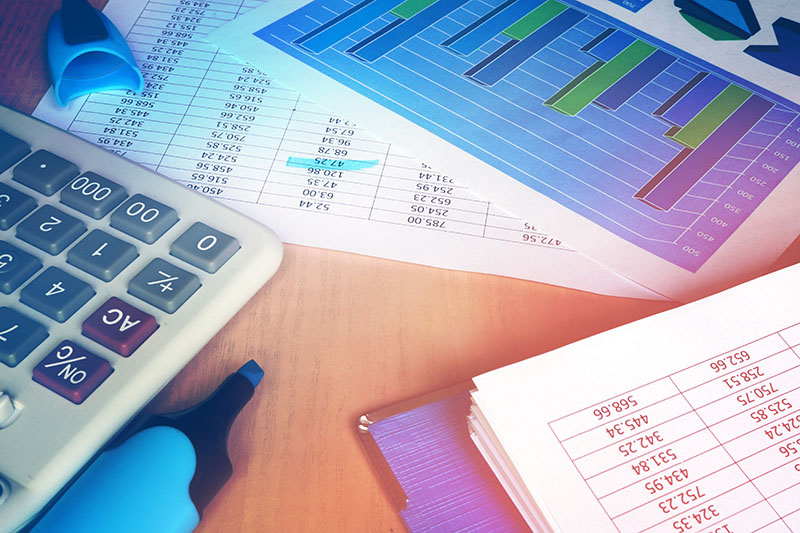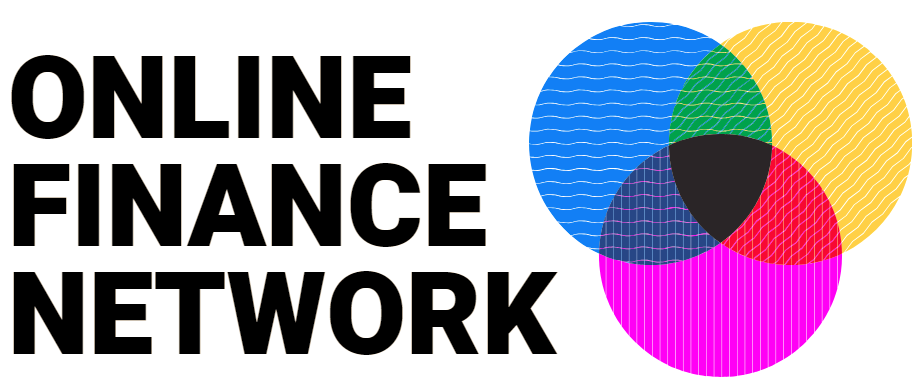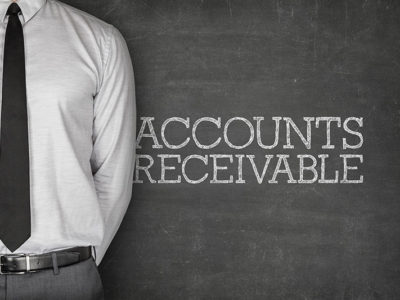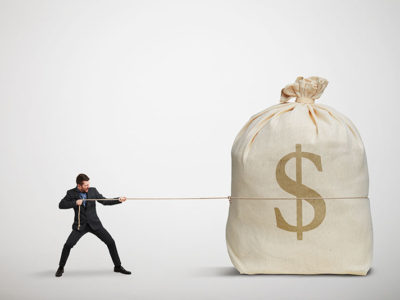
Financial Forecasting for Emergency Funds
This week’s tropical cyclone Nora affected millions of people across Queensland and left many small businesses at a standstill, some for almost the entire week. This brings up the topic of financial planning in case of an emergency. Whether it’s something as big as a natural disaster or a leaky roof, having an emergency fund is essential, yet many businesses lack in adequate planning for situations that come up. To avoid panic later you should look into starting an emergency fund now.
Why?
An emergency fund if there to help you prepare for “what-ifs” and extraneous expenses you didn’t see coming. Without access to cash you could risk increasing your debt, racking up late fees, or worse- not being able to pay bills at all. More than relying solely on cash, it’s important to have a line of credit to help with your company’s cash flow level out. If you choose not to use a line of credit, be prepared to build up a hefty cash reserves.
How?
Knowing how much you need to save up for your cash reserve can be pretty tricky. Most experts recommend saving at least three months worth of expenses but it greatly depends on the expenses of your business. Being on top of your company’s financials will help you get your emergency fund in order. We’ve mentioned it before, but a good way to know how your company is doing financially is to take 5 minutes at the end of each day to review for key performance indicators including your day’s cash receipts, cash disbursements, current ratio, and Accounts Receivable aging. Knowing this information will help when applying for a line of credit and make it easier to see where you can start saving for your emergency fund. If you’re just starting out, don’t worry about saving everything you can right away and risk messing with your cash flow projections. Start small and work an emergency fund to your budget or spending plan.





